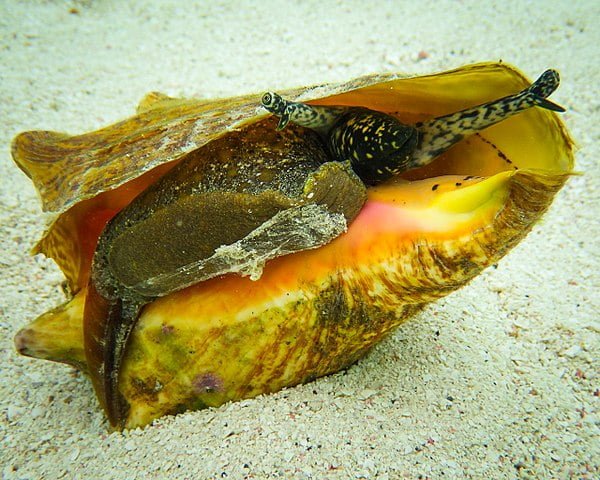
We all know that taste is king (or queen) when it comes to fish consumption, and for fish farmers using recirculating aquaculture systems (RAS), maintaining maximum flavor can be a challenge. For many fish species, achieving that perfect taste can be tricky. The key is understanding the various sources of bad odors that can alter their flavor. This is where science steps in. Understanding the sources of off-flavours in fish is crucial to ensuring top-notch taste.
A study published by researchers from the University of Copenhagen (Denmark), Friedrich-Alexander Universität Erlangen (Germany), and Fraunhofer Institute for Process Engineering and Packaging IVV (Germany) delves into the fascinating science behind achieving delicious, high-quality fish raised in recirculating aquaculture systems (RAS). They review current scientific evidence with supporting data on the chemical diversity of bad odors found in aquaculture fish worldwide and their potential sources, highlighting the knowledge gaps that need to be addressed in future research.
A multifaceted challenge: Where do off-flavours come from?
RAS are complex systems that require careful management. While RAS offers a clean and controlled environment, bacterial biofilms can form within the system. These biofilms can produce unpleasant-smelling compounds that are absorbed by the fish, leading to off-flavours. This can significantly affect consumer perception and the marketability of the fish.
Off-flavours can develop at various stages of the RAS production chain. At the beginning of post-harvest, fish fats naturally break down, creating unpleasant internal flavours that accumulate over time. These are known as endogenous off-flavours and originate within the fish itself.
But that’s not all. Fish can also absorb bad odors from their environment. These are called exogenous off-flavours and can come from two main sources:
- Water: Certain bacteria and algae in the water can produce compounds like geosmin (earthy) and 2-methylisoborneol (musty), which the fish can absorb.
- Feed: Believe it or not, what fish eat can significantly affect their flavor! While research on this interaction is limited, some feeds can introduce off-flavours, while others may offer intriguing possibilities for improving taste.
Geosmin and MIB: The usual suspects, but not the whole story
Scientists have long studied geosmin and 2-methylisoborneol (MIB) as major contributors to off-flavours in fish, often described as earthy or musty. However, the exact mechanisms behind their production in aquatic environments remain somewhat unclear.
Even more intriguing, bacteria thriving in RAS have been linked to a wider range of off-flavour culprits. These include pyrazines, terpenoids, and various degradation byproducts. These often-overlooked compounds can significantly impact the taste of the fish.
Food for thought: The underestimated role of feed
The influence of aquafeed on fish flavor goes beyond simply providing nutrients. It turns out that feed can be both a source of off-flavours and a potential tool for shaping desirable fish flavors. This exciting area warrants further exploration.
RAS rely on various water treatment processes like ozone, ultraviolet disinfection, and advanced oxidation. Surprisingly, the impact of these methods on the final taste and odor quality of the fish has yet to be widely investigated.
Stay Always Informed
Join our communities to instantly receive the most important news, reports, and analysis from the aquaculture industry.
A call for more research
While this review provides a comprehensive overview of existing knowledge, gaps remain that need to be addressed:
- Sensory analysis techniques: More research is needed on the best methods to assess how humans perceive off-flavours in fish.
- Odor mitigation strategies: Developing effective strategies to prevent or eliminate off-flavours from RAS is crucial for the future of this technology.
Conclusion
This article summarizes current scientific knowledge on off-flavours in aquaculture fish. By highlighting the chemical diversity of these off-flavours, their potential sources, and areas where knowledge is lacking, we pave the way for future research. By unraveling these mysteries, we can ensure that the future of RAS fish is not only sustainable but also offers an unforgettable taste experience for consumers worldwide.
The study was funded by the European Union’s Framework Program for Research and Innovation Horizon 2020 under the Marie Sklodowska-Curie Training Network RASOPTA Grant Agreement.
Contact
Pedro Martínez Noguera
Design and Consumer Behaviour, Department of Food Science, University of Copenhagen
Rolighedsvej 26, 1871 Frederiksberg, Denmark.
Email: pedronoguera@food.ku.dk
Reference (open access)
Noguera, P. M., Egiddi, M., Södergren, J., Beauchamp, J., Petersen, M. A., Buettner, A., & G. Jørgensen, N. O. More than just geosmin and 2-methylisoborneol? Off-flavours associated with recirculating aquaculture systems. Reviews in Aquaculture. https://doi.org/10.1111/raq.12949
Editor at the digital magazine AquaHoy. He holds a degree in Aquaculture Biology from the National University of Santa (UNS) and a Master’s degree in Science and Innovation Management from the Polytechnic University of Valencia, with postgraduate diplomas in Business Innovation and Innovation Management. He possesses extensive experience in the aquaculture and fisheries sector, having led the Fisheries Innovation Unit of the National Program for Innovation in Fisheries and Aquaculture (PNIPA). He has served as a senior consultant in technology watch, an innovation project formulator and advisor, and a lecturer at UNS. He is a member of the Peruvian College of Biologists and was recognized by the World Aquaculture Society (WAS) in 2016 for his contribution to aquaculture.




